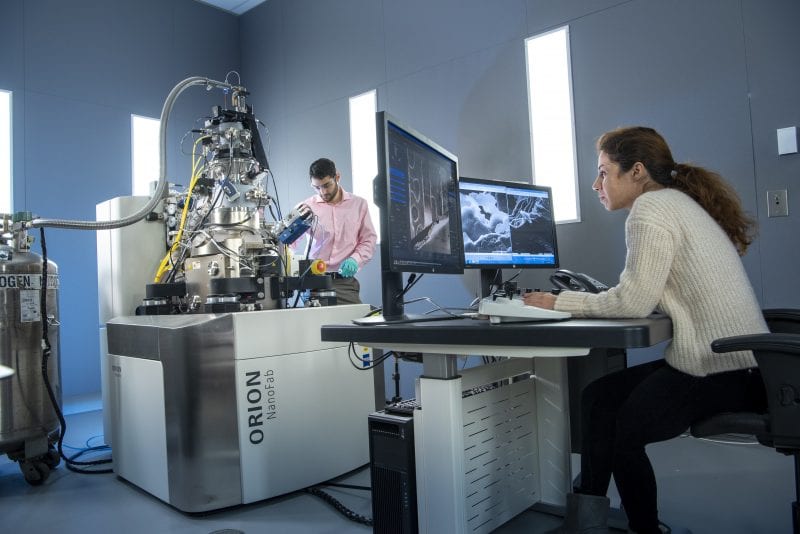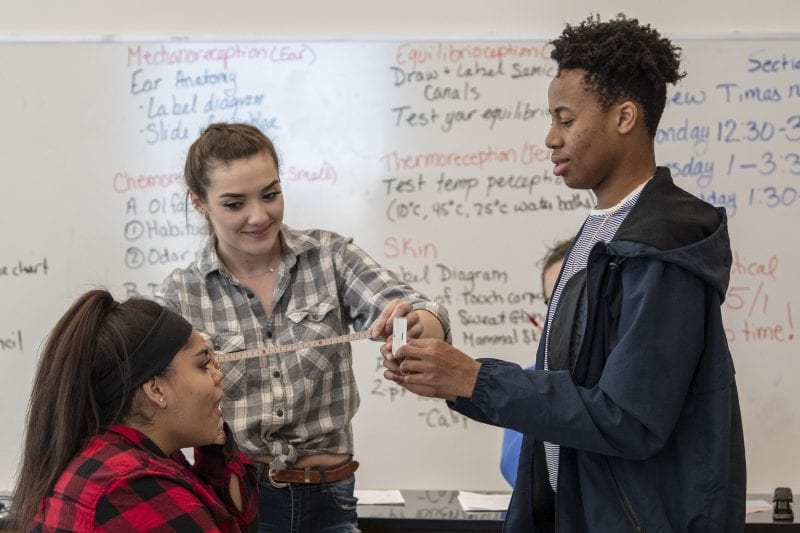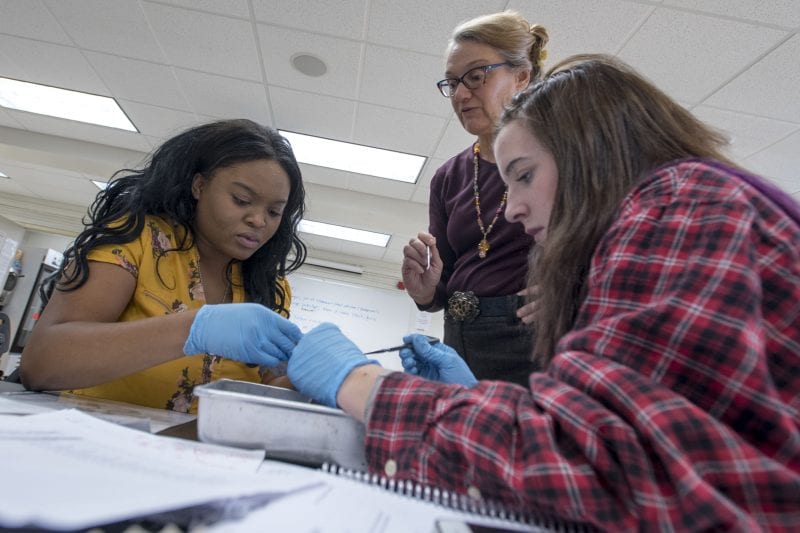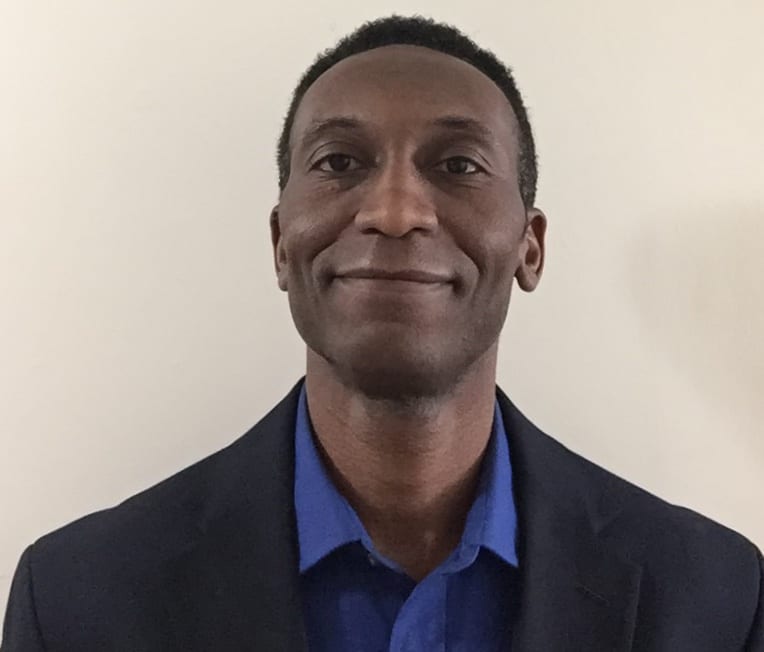Students will employ computer-aided designing (CAD), 3D printing, and biomedical sensors to develop creative solutions to real-world engineering challenges in healthcare
Prerequisites: High School Biology, Chemistry, and Physics helpful but NOT required
Biomedical engineering combines engineering, computer science, and life science principles to discover solutions to health problems, be it creating medical devices, prosthetics, treating diseases, growing artificial organs and tissues in the lab, or modeling the human physiology on a computer. Being such a broad field, the typical college freshman can be overwhelmed with the intricacies of the different sub-fields, their differences, and most importantly, how to pursue a professional career in their area of interest. This course is therefore designed to focus on these issues; it is an introductory, hands-on course that acquaints students with an overview of biomedical engineering, its principles, and real-life applications.
The strategy employed to achieve the course objectives combines class lectures and hands-on experimental work in the lab. Students learn to unleash their creativity and use computer-aided designing (CAD), 3D printing, and biomedical sensors to develop creative solutions to real-world engineering challenges in healthcare. Such activities enable students to visualize how STEM subjects combine with engineering principles to create real-world solutions that improve life for mankind.
After completion of the course, students will be able to:
• Demonstrate an understanding of biomedical engineering and its role in the delivery of healthcare.
• Relate the broad biomedical engineering field to their interests and career aspirations.
• Demonstrate an ability to apply biomedical engineering principles to solve a real-life problem.
• Develop technical communication, teamwork, and critical thinking and analysis skills.

Sessions Offered
Storrs Session 4:
July 19, 2026 - July 25, 2026
Course Fees
Format
Non-Credit
This class is meant to be immersive and students will:
- Learn about the state-of-the-art biomedical engineering research activities and how they improve our lives.
- Learn about the prerequisite skills and knowledge needed to be competent in the biomedical engineering sub-disciplines
- Work in a team to design and build simple yet functional medical device prototypes.
- Use a computer-aided design (CAD) software to create physical structures for biomedical applications.
- Communicate your technical results and data through an oral presentation and written report.



Meet the Professor
Patrick Kumavor, Ph.D.
Assistant Professor in Residence, UConn Biomedical Engineering Department
Patrick Kumavor is an associate professor-in-residence in the biomedical engineering department of the University of Connecticut. He received his Ph.D. in electrical engineering from the University of Connecticut in 2008. Dr. Kumavor has worked on a plethora of research activities ranging from ultra-secure encryption systems to biomedical diagnostic instruments for early-stage cancer detection. He has also taught and developed new courses in Foundations of Engineering, Biomedical Engineering Measurements, Bioinstrumentation, Bioinstrumentation optics, Junior Design, and Senior Design where some of the capstone projects he has mentored have been featured in news articles. In addition, he’s worked with several undergraduate students on Independent Research Study Projects and as the BME honors advisor, has mentored many students working on their senior honors thesis projects. Dr. Kumavor’s present interest is working with undergraduate students to stimulate in them a passion for science and engineering.
